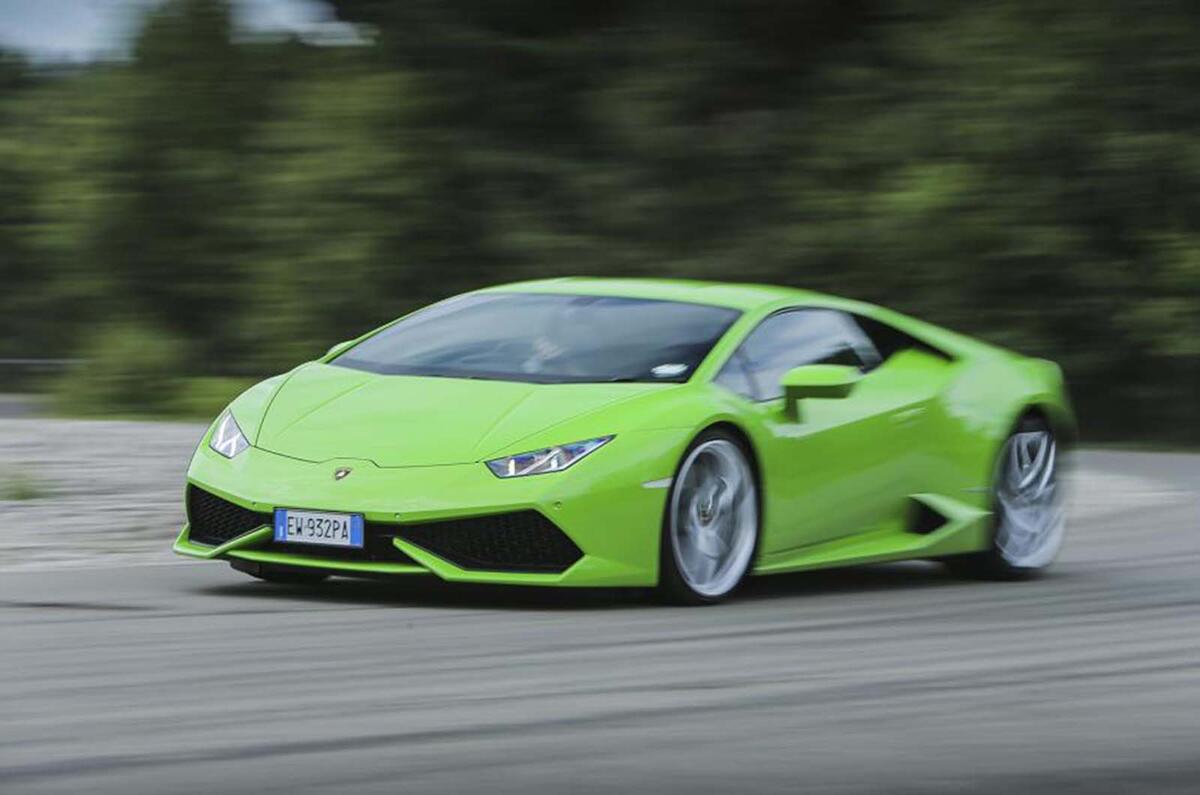Lamborghini has no alternative but to put some kind of hybrid powertrain into the Lamborghini Huracán replacement if it wants to bring down its fleet CO2 emissions.
The firm makes twice as many Huracáns as Lamborghini Aventadors in a typical year – sometimes three or four times as many – and it has long been opposed to ideas such as downsizing and turbocharging. This way, it can keep its enigmatic 10-cylinder lump and satisfy changing legislation.
Next Huracan to go plug-in hybrid in 2022
However global emissions testing regimes change over the next few years, it’s likely that a good plug-in hybrid Huracán could cut the amount of CO2 emitted by its cars in half when you factor production volumes into your thinking.
Trouble is, working at a place like Lamborghini means you’re always going to be pushing powertrain technology to its limit. With electrification technology as it is, I suspect it would be almost impossible to package a high-voltage battery and electric drive motors large enough to enable a big gain in an emissions test into a car of the current Huracán’s type and size – without also making the combustion engine smaller. There’s very little free space in the Huracán and Lamborghini’s preference for four-wheel drive makes it a relatively heavy car as things stand.
Future technologies such as solid-state or lithium-air batteries will change the picture and Lamborghini’s challenge should become easier. But I wouldn’t expect the Sant’Agata firm to be able to offset all of the additional mass that’s likely to be necessary at its first attempt.
If the next Huracán is both larger and heavier than the car it replaces, this will probably be why.
Related stories:
Lamborghini Huracan review








Join the debate
Add your comment
Companies like Lamborghini
Companies like Lamborghini and Ferrari could easily get around the CO2 quota.
Aston were nearly there with the Cygnet, but rather than tarting a mundane car up and pretending it is worth £40k, they should just rebadge a few thousand completely standard VW Up!s as Lamborghinis. No premium needed, and they would hardly struggle to sell them would they?
It would be so obviously ridiculous that it would have no affect on proper Lamborghinis, and would enable them to keep making proper supercars rather than vacuums.
A disgusting idea. Has
A disgusting idea. Has ruined my weekend.
4wd